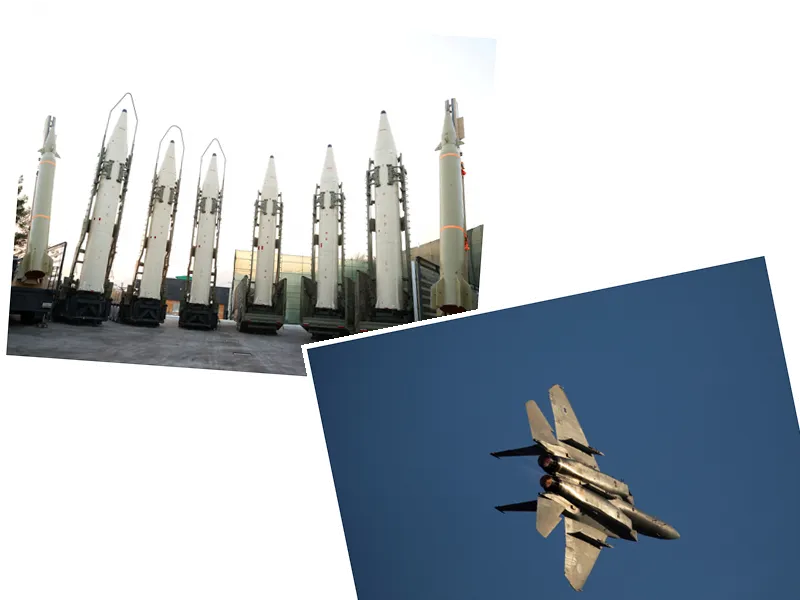Intensifying International Dynamics in the Ukraine Conflict
The Ukraine war continues to deepen with international dynamics increasingly influencing the battlefield. Russia's reliance on Iranian-made drones has drawn significant attention, especially as these drones are laden with Western components despite sanctions. Tehran has been supplying Russia with Shahed and Mohajer-6 drones, used heavily since the conflict began. Alarmingly, a Mohajer-6 drone was identified online by Julian Röpke of the Bild newspaper, refuting Russian claims that it belonged to Ukraine. This revelation marks a critical level of Iranian arms support for Russia.
Reports indicate that these drones have been instrumental in devastating Ukrainian infrastructure. Mykhailo Zhirokhov, a Ukrainian military analyst, stressed that the Russians almost managed to plunge Ukraine into darkness using these drones in the fall of 2022. Tehran’s support includes not only drones but artillery shells and possibly ballistic missiles, which bolster Moscow’s offensive capabilities. In return, Russia offers Iran advanced weaponry, safeguarding it from potential threats from Israel and the United States.
Despite extensive sanctions, the drones contain Western components, detailed in a Wall Street Journal report. Components from companies such as the Japanese Tonegawa-Seiko Co. and the German Infineon have been found in the drones, although Infineon denies any business dealings with Iran. The Ukrainian anti-corruption commission highlights the ease with which these components can be sourced, often bypassing export controls through online platforms like Alibaba.
The conflict’s complexity is further emphasized by a recent shift in U.S. policy, with Ukraine reportedly using American weapons to defend Kharkiv. Following President Joe Biden's directive, these weapons can now be used to target Russian forces attacking or preparing to attack, albeit with strict limitations. This change arises amidst delays in Western military aid and slow production from European allies. White House spokesperson John Kirby mentioned the fluidity and unpredictability of weapon usage in such dynamic battle conditions.
Moreover, Ukraine's internal policies reflect the intense martial demand, as men abroad capable of combat are now restricted from leaving if they re-enter Ukrainian territory. This change highlights the country's efforts to bolster its fighting forces. Concurrently, diplomatic efforts see Ukraine urging China, a key Russian ally, to participate in a Swiss peace summit. Though China expressed reservations due to Russia's exclusion, Ukraine remains hopeful for broader international engagement.
- Ukraine's strategy involves a complex interplay of military and diplomatic actions aimed at countering Russian advances and securing international support. The use of American weapons under new directives illustrates a tactical adaptation to immediate threats, particularly in vital regions like Kharkiv. The directives aim to fortify Ukraine’s defenses without escalating the conflict into broad offensive operations.
- Additionally, Iran's involvement with Russia through advanced weapon supplies underscores the multifaceted nature of international alliances and their impact on war dynamics. The trades, occasionally involving payments through gold bars, reveal the convoluted economics underpinning wartime logistics.
- Ukraine's diplomatic outreach to China for participation in the Swiss peace summit seeks to expand international cooperation beyond traditional Western allies. This move is strategic in aiming to garner widespread support against Russian aggression, recognizing the importance of engaging with nations having significant geopolitical clout.






